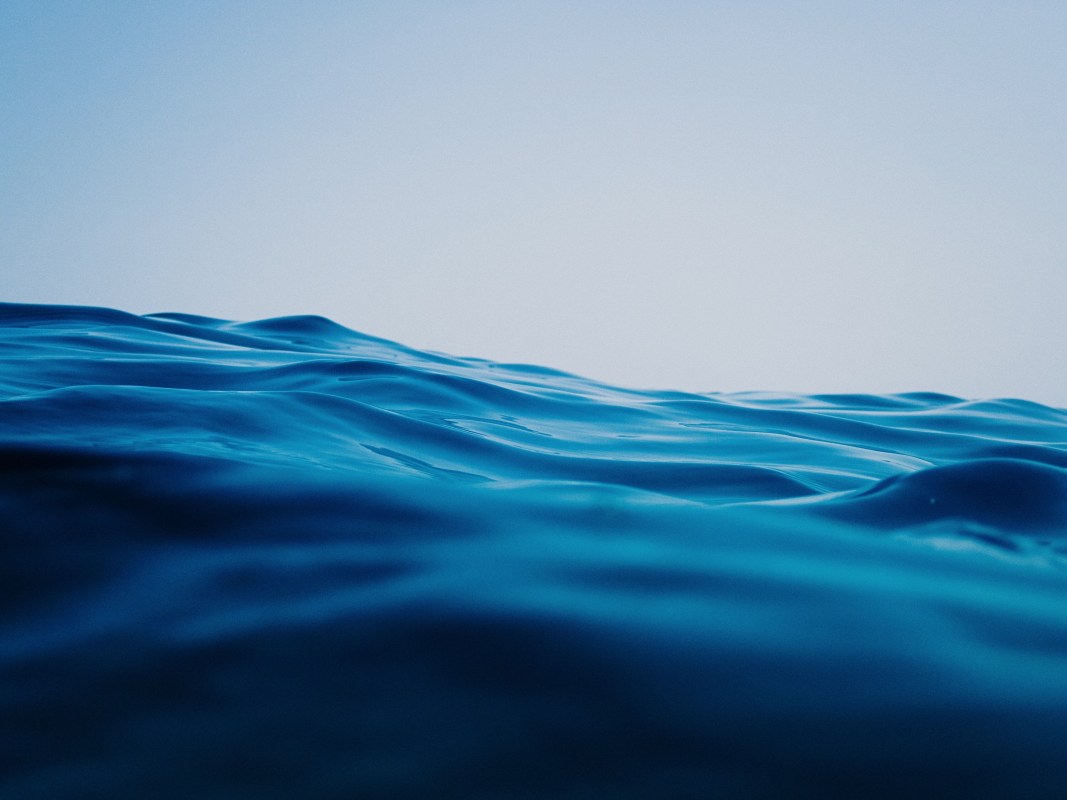Global warming is causing the oceans to change color— though for now its more noticeable by optic sensors than the human eye.
According to a new study, global warming is going to intensify the color of the oceans, making the blues bluer and the greens greener, CNN reports.
We see the ocean as blue or green due to a combination of sunlight interacting with water molecules and the life living in the water. The molecules in the water absorb all of the spectrum of sunlight except blue, refracting it back making it the blue-colored water we see.
The more phytoplankton there are living in the water, the greener the water looks. Phytoplankton uses chlorophyll to absorb some of the blue portion of the spectrum of light. Researchers are monitoring chlorophyll levels in the ocean to help determine what impact climate change is having on the color of the ocean.
From CNN: “Since the 1990s, satellites have taken regular measurements of how much chlorophyll is in the ocean. Those levels can change because of weather events or because of climate change. But using those images to look at reflected light alone, the researchers in the new study could distinguish what is specifically due to climate change. And they noticed that there will be a significant shift in the color of the oceans much earlier than was previously predicted, just looking at chlorophyll changes.”
The study reveals that half of the world’s oceans will see a color change by the end of the 21st century. The blues in the Bermuda and Bahamas will intensify as well as the waters in the North Atlantic.
“The change is not a good thing, since it will definitely impact the rest of the food web,” said Stephanie Dutkiewicz, a principal research scientist in MIT’s Department of Earth, Atmospheric, and Planetary Sciences and co-author of the study.
“Phytoplankton are at the base, and if the base changes, it endangers everything else along the food web, going far enough to the polar bears or tuna or just about anything that you want to eat or love to see in pictures.”
Thanks for reading InsideHook. Sign up for our daily newsletter and be in the know.


















